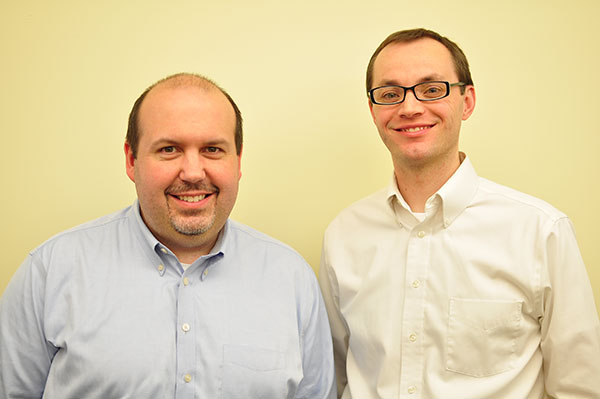Category: Division of Environmental Hazards and Health Effects
Environmental Information for Everyone

Our coworkers at CDC’s Environmental Public Health Tracking Program (Tracking Program) come from a variety of disciplines and backgrounds. They include epidemiologists, statisticians, database developers, contract specialists, health communicators, and more. If you look closer at the people within those specialties, you will find an even wider array of skills. Read More >
Posted on by Leave a commentCategories Sharing Our Stories

